It’s not every day that a consultant/teacher gets a closing screen credit on a Netflix hit series, but check out this screenshot from the end of Witcher E7: Out of the Fire, into the Frying Pan:
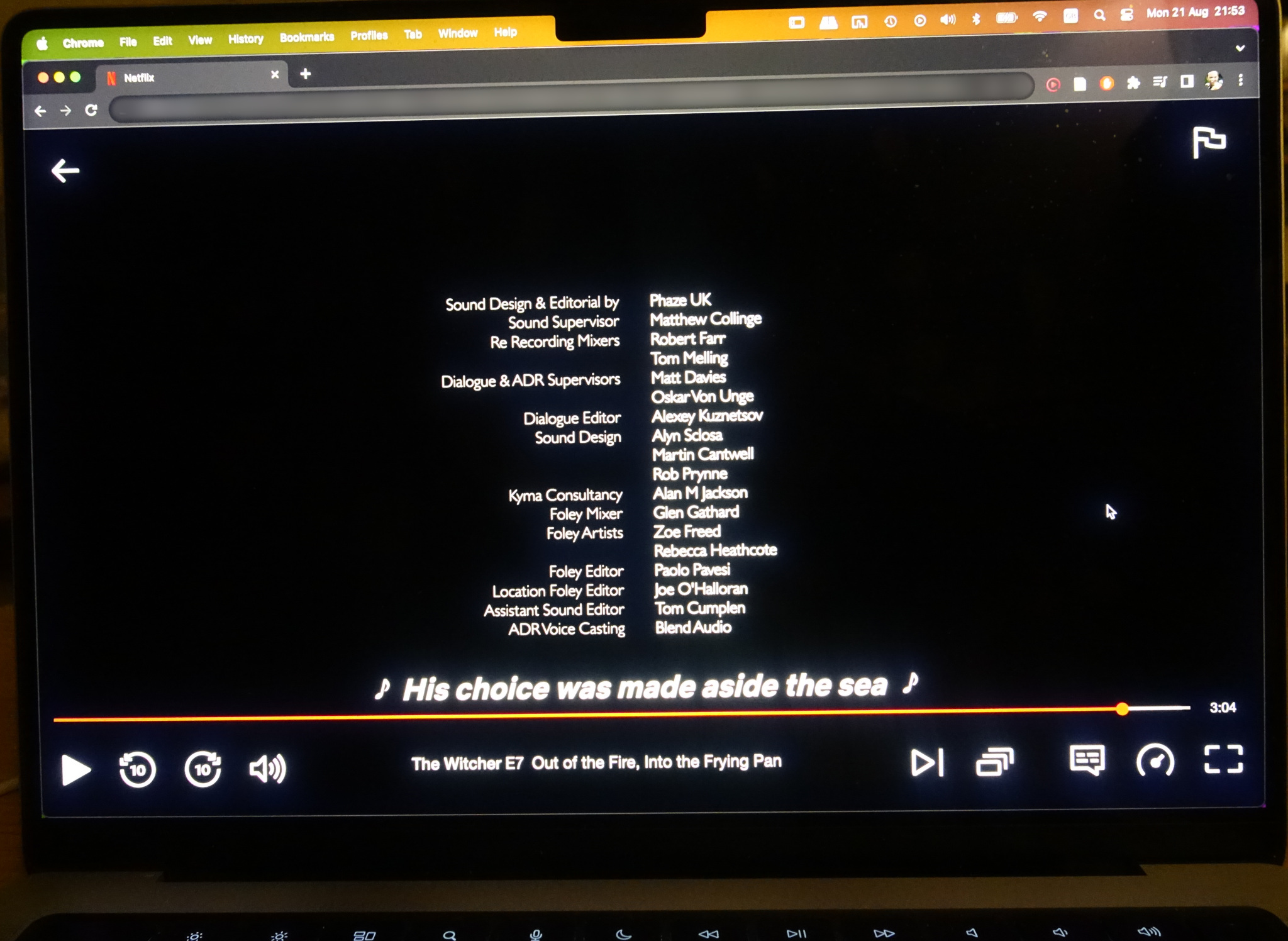
Kyma consultant, Alan M. Jackson has been working with sound designers Matt Collinge, Rob Prynne and Alyn Sclosa from Phaze UK for a while now, and the students surprised their sensei with an end credit on The Witcher
Kyma Consultancy – Alan M Jackson
Alan and his small band of sound designers meet regularly to share screens and help each other solve sound design challenges during hands-on sessions that last from 1-2 hours. Not only are these sessions an opportunity to deepen Kyma knowledge; they’re also an excuse to bring the sound design team together and share ideas. Alan views his role as a mentor or moderator, insisting that the sound designers do the hands-on Kyma work themselves.
There’s no syllabus; it’s the sound designers who set the agenda for each class, sometimes aiming to solve a specific problem, but more often, they aim to come up with a general solution to a situation that comes up repeatedly. They’ve taken to calling these solutions “little Kyma machines” that will generate an effect for them, not just for this project but for future projects as well. Over time, they’ve created several, reusable, custom “machines”, among them: ‘warping performer’, ‘doppler flanger’, ‘density stomp generator’, and ‘whisper wind’.
Rob Prynne is particularly enamored of a custom patch based on the “CrossFilter” module in Kyma (based on an original design by Pete Johnston), sometimes enhanced by one of Cristian Vogel’s NeverEngine formant-shifting patches. In an interview with A Sound Effect, Rob explains, “It’s like a convolution reverb but with random changes to the length and pitch of the impulse response computed in real-time. It gives a really interesting movement to the sound.” According to the interview, it was the tripping sequence in episode 7 where the CrossFilter really came into play.
When asked if there are any unique challenges posed by sound design, Alan observes, “The big things to note about sound design, particularly for TV / Film, is that it’s usually done quickly, there’s lots of it, you’re doing it at the instruction of a director; the director wants ‘something’ but isn’t necessarily nuanced in being able to talk about sound.”
A further challenge is that the sounds must “simultaneously sound ‘right’ for the audience while also being new or exciting. And the things that sound ‘right’, like the grammar of film editing, are based on a historically constructed sense of rightness, not physics.”
Alan summarizes the main advantages of Kyma for sound designers as: sound quality, workflow, originality, and suitability for working in teams. In what way does Kyma support “teams”?
With other sound design software and plugins you can get into all sorts of versioning and compatibility issues. A setup that’s working fine on my computer might not work on a teammate’s. Kyma is a much more reliable environment. A Sound that runs on my Paca[(rana | mara)] is going to work on yours.
Even more important for professional sound design is “originality”:
Kyma sounds different from “all the same VST plugins everyone else is using”. This is an important factor for film / TV sound designers. They need to produce sounds that meet the brief of the director but also sound fresh, exciting, new and different from everyone else. Using Kyma is their secret advantage. They are not using the same Creature Voice plugins everyone else is using but instead creating a Sound from scratch comes up with results unique to their studio.
For Witcher fans, the sound designers have provided a short cue list of examples for your listening pleasure:
| Kyma Sound |
Heard |
Episode |
| Warping performer |
on every creature |
in every episode |
| Warping performer |
on portal sounds and magic |
S3E03 |
| Warping performer |
on the wild hunt vapour |
S3E03 |
| Doppler flanger spinning thing |
on the ring of fire |
S3E05 / S3E06 |
| Density stomp generator |
for group dancing |
S3E05 |
| Whisper wind convolved vocal |
for wild hunt |
S3E03 |
Visit Alan Jackson’s SpeakersOnStrings to request an invitation to the Kyma Kata — a (free) weekly Zoom-based peer-learning study group. Alan also offers individual and group Kyma coaching, teaching and mentoring.
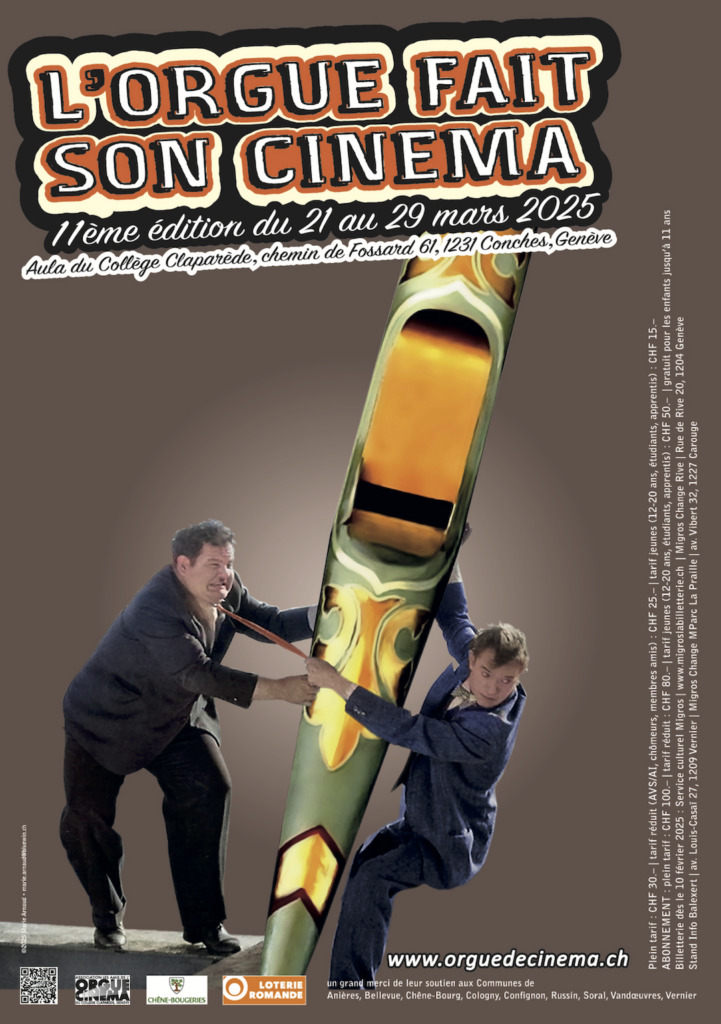
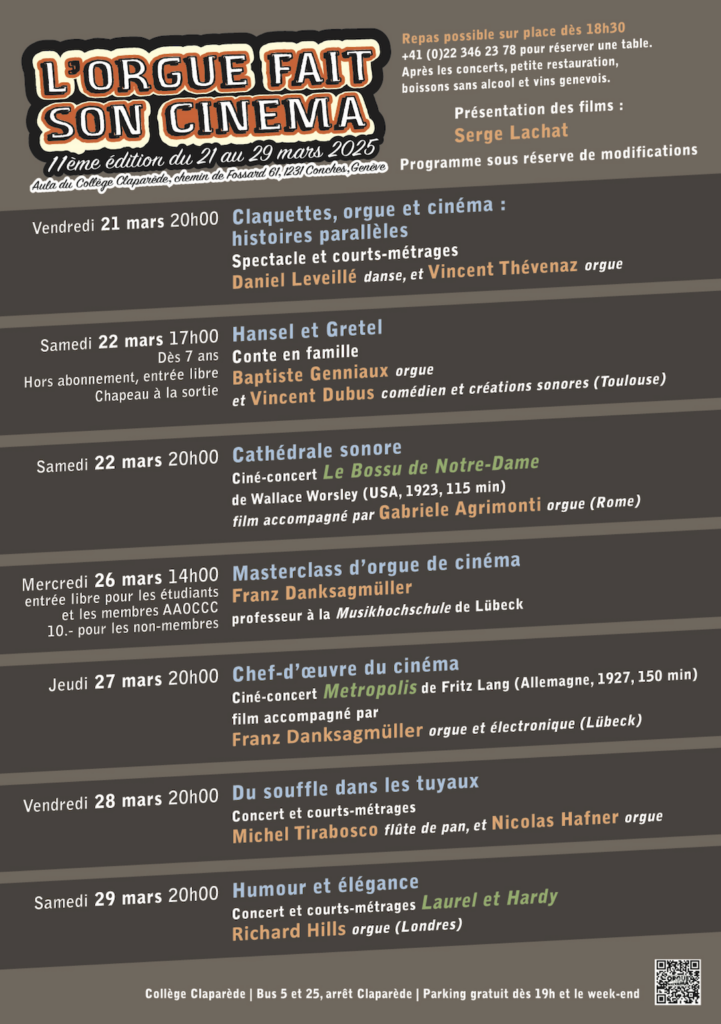
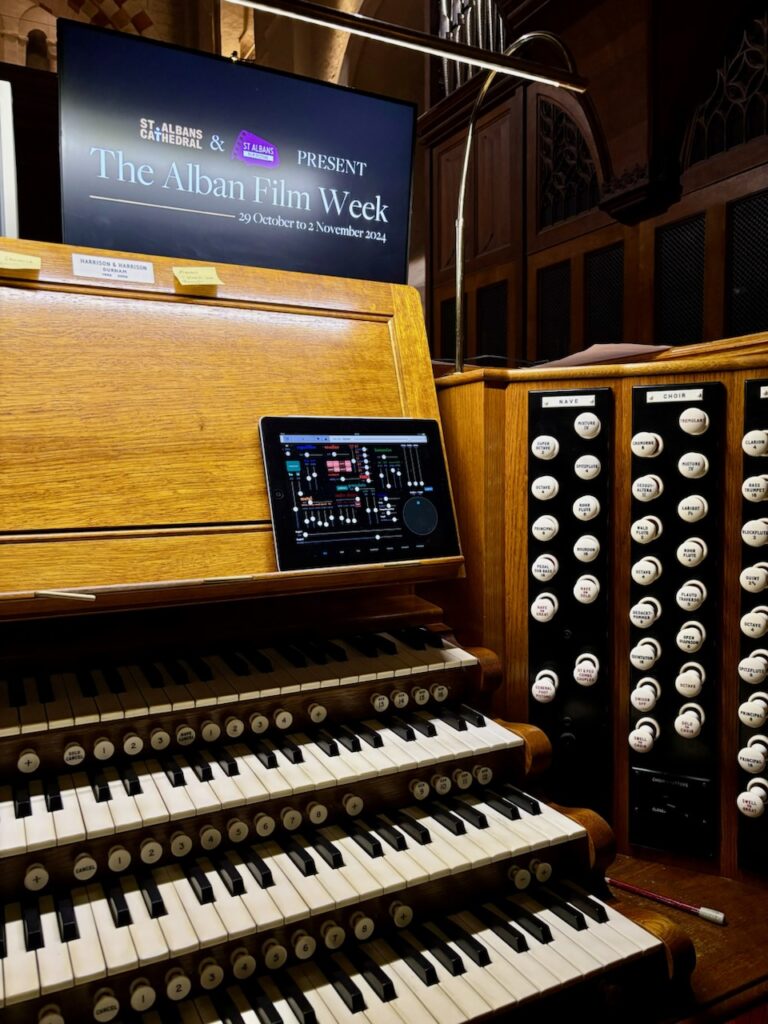
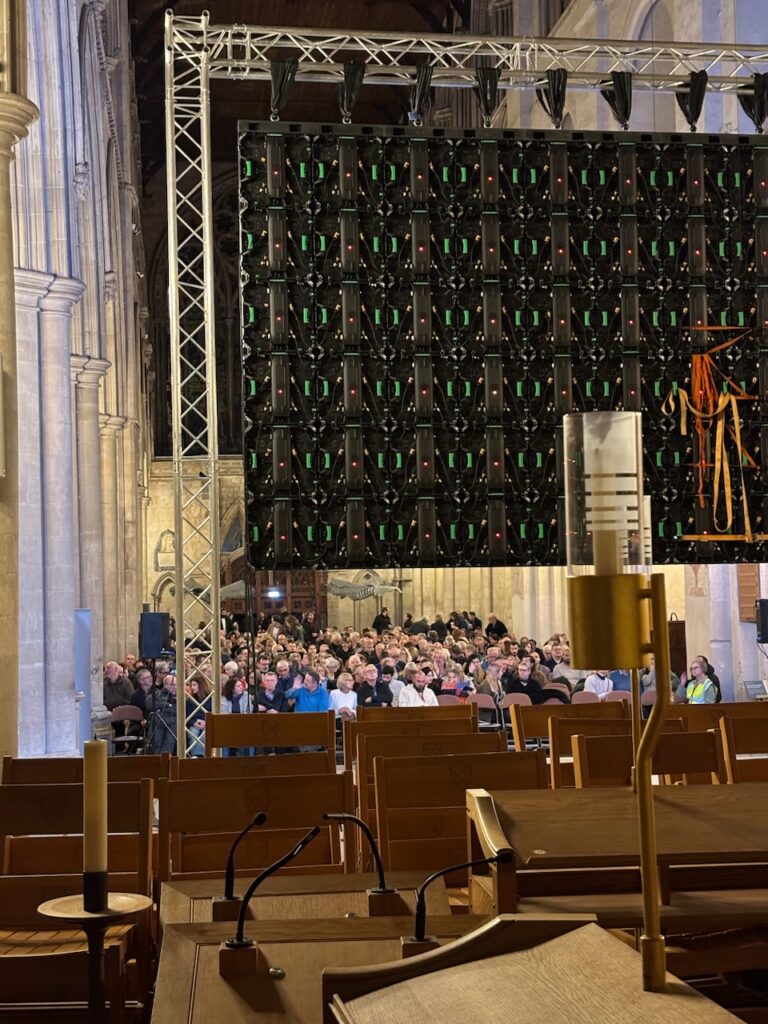
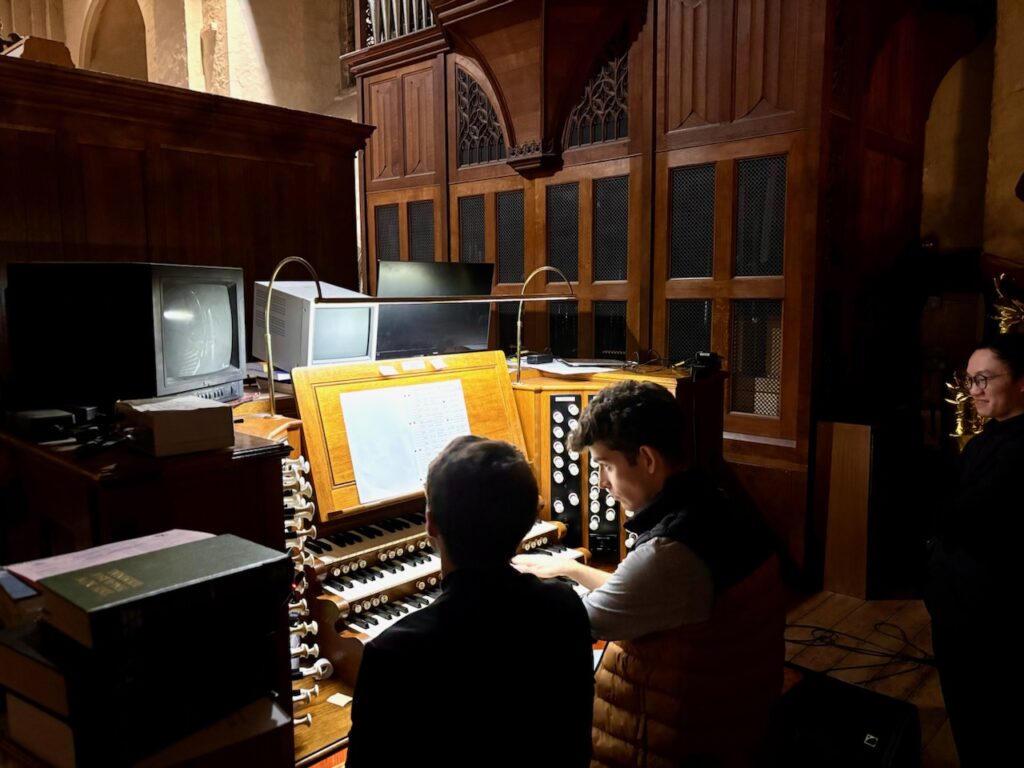
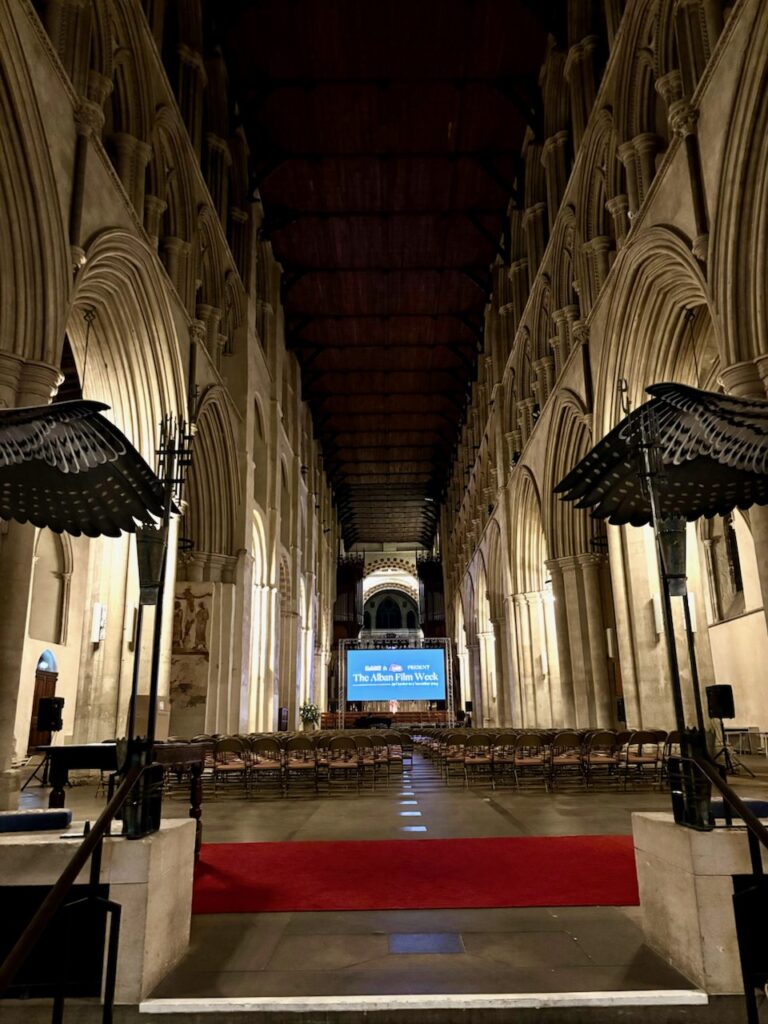

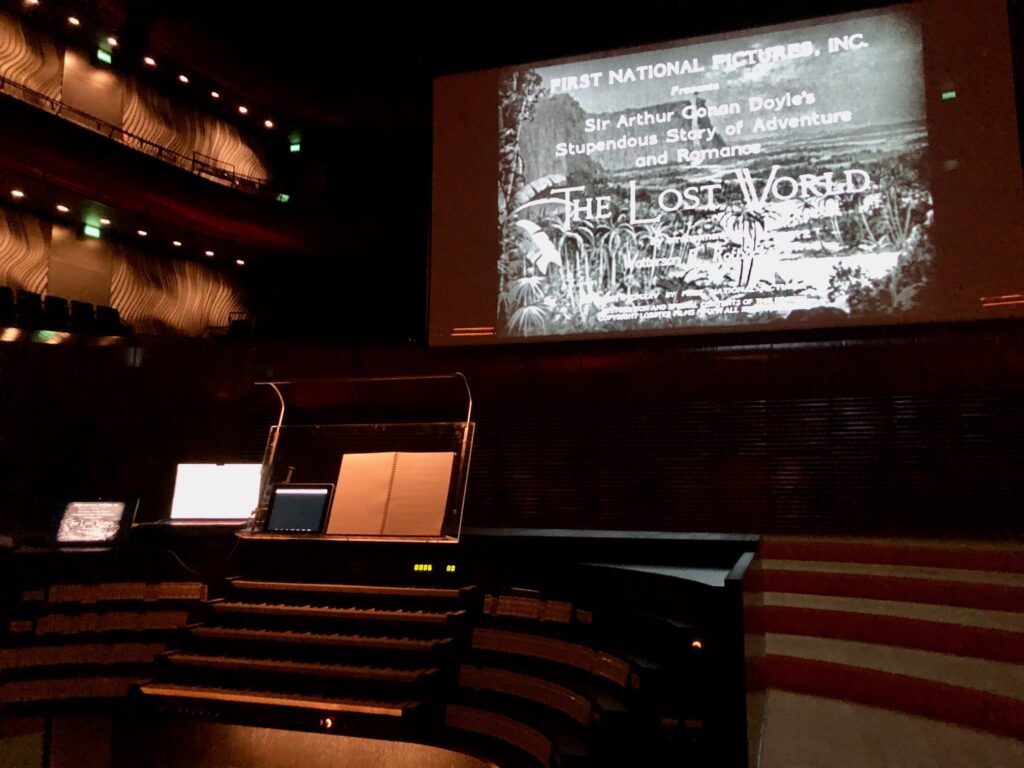









 The importance of sound to Tarantino is evident in the fact that Lasseur ended up spending four months creating the instruments in Kyma and another four months performing and shaping the voice of the blizzard around the dialog and visuals.
The importance of sound to Tarantino is evident in the fact that Lasseur ended up spending four months creating the instruments in Kyma and another four months performing and shaping the voice of the blizzard around the dialog and visuals.